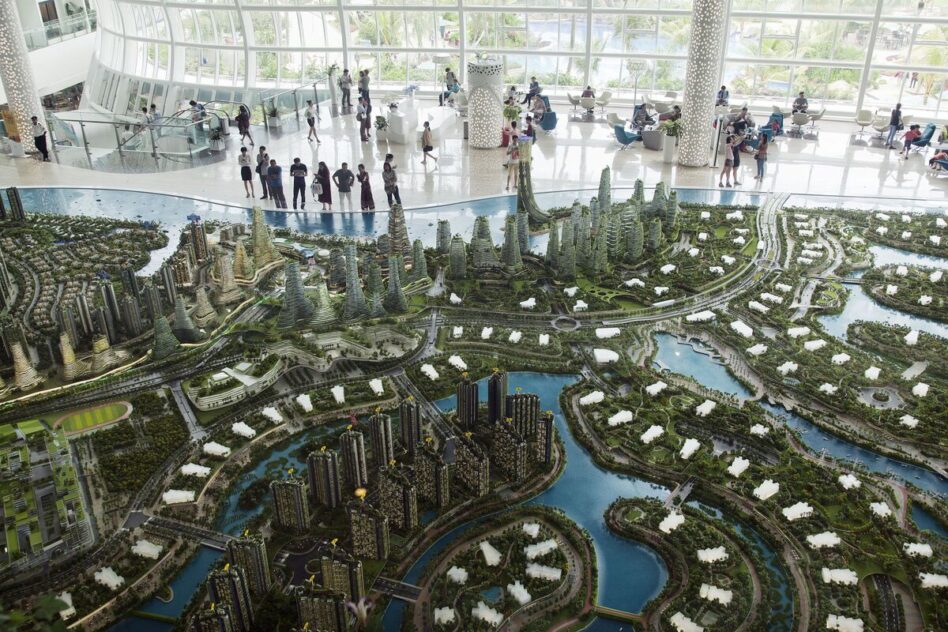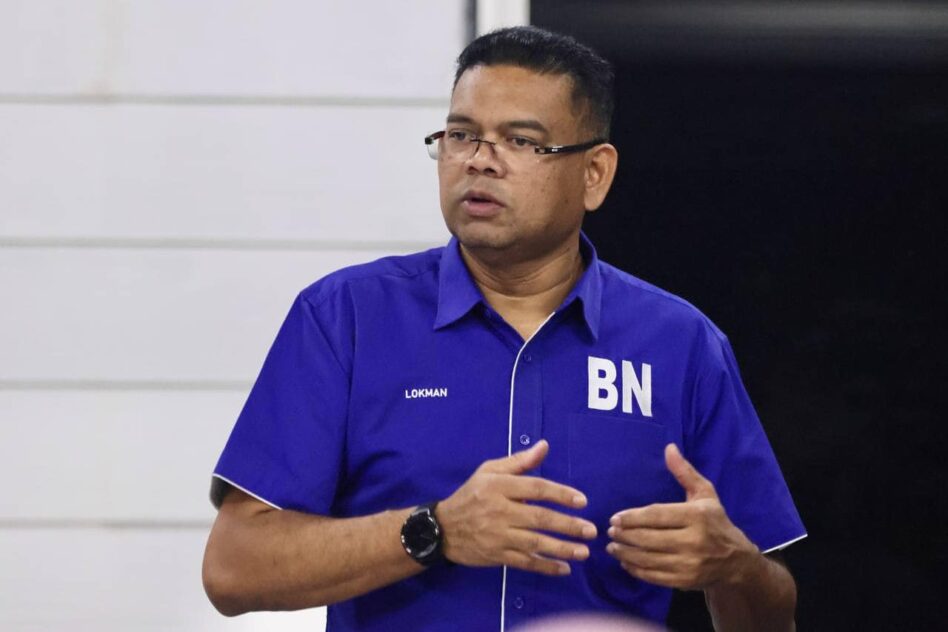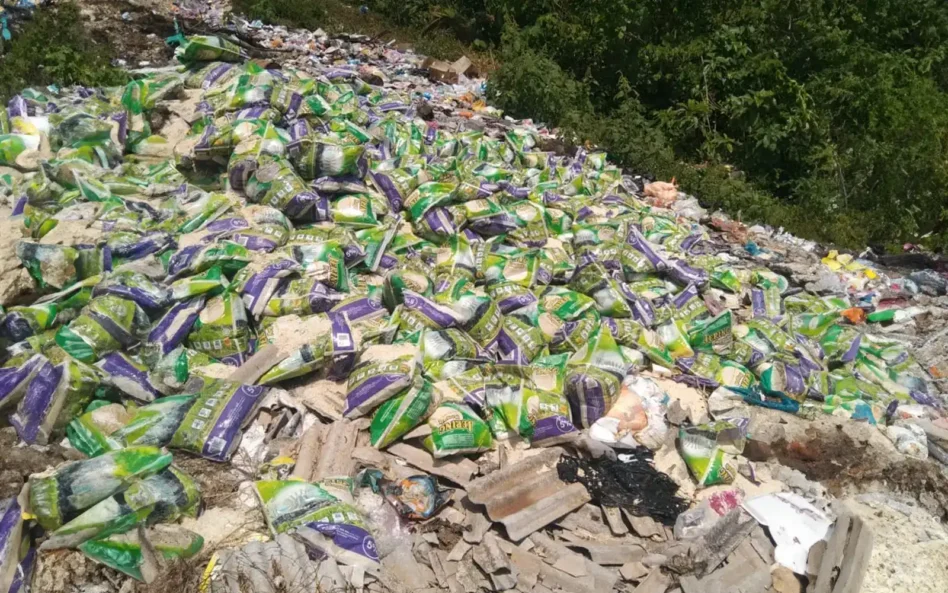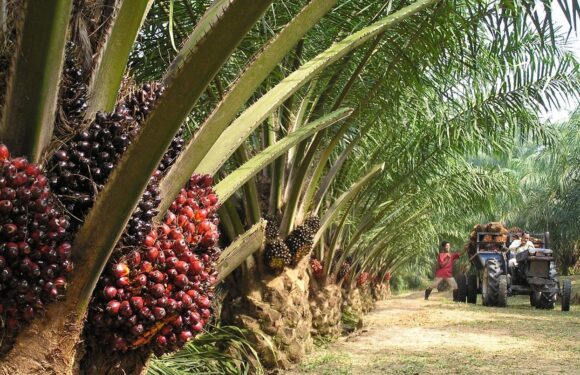By Lee Heng Guie
MALAYSIA’S poverty line income (PLI) of RM2,208 per month per household and poverty rate of 5.6% in 2019 based on new methodology are now more reflective of the poverty conditions consistent with the cost of living and household income.
The PLI methodology now emphasised healthy eating and quality basic needs based on “optimum” food requirements, including increased non-food items from 106 to 146 based on the B20 households’ spending pattern in the 2019 household expenditure survey.
The use of a more realistic poverty line compared to previously (RM980 per month per household in 2016 based on 2005 PLI methodology) will be in synchronisation with the troubling reality that there remain many hundred thousands of families still teetering on low income and living with significant hardship in urban and rural areas.
Based on this new PLI, the absolute poverty rate was 5.6% with 405,441 households for 2019. That is 5.2 percentage points or 380,741 households higher than the 0.4% (24,700 households) poverty rate in 2016, which was measured based on PLI 2005.
However, when measuring 2016’s poverty rate on a comparative basis using PLI 2019 methodology, 2019’s poverty rate of 5.6% was an improvement from 2016’s poverty rate of 7.6% (525,743 households).
The new poverty line income would require the government to seriously review the existing programmes and initiatives to eliminate poverty and help vulnerable and poor households to improve their incomes and to rise above RM2,208 per month by adopting a comprehensive social protection floor for all B40 households.
It is expected that all ministries, departments and government agencies as well as state governments have to reassess and realign their planning of poverty eradication and social assistance policies and programmes, including re-targeted groups, using the new PLI.
The eradication of poverty requires universal access to economic opportunities and a comprehensive provision of basic social services (education and training, primary healthcare, housing, transportation, proper sanitation) for the needs of all that will promote sustainable livelihood and maintain a minimum standard of living.
The adoption of “Shared Prosperity” and “Leaving No-One Behind”, especially for the needy and vulnerable households, regardless of race, would need far-reaching reforms and good execution while safeguarding our social cohesion and national unity.
Our social protection system is in need of a radical review to enhance its coverage, equitable and sustainability. It appears to be fragmented, underfunded, and poorly targeted. There are at least 110 social protection programmes spread across more than 20 ministries and agencies.
There is a lack of employee safety nets and income support for disadvantaged persons such as self-employed, unemployed, single parents, disabled persons and elderly persons.
According to the World Bank’s study, social assistance programmes in Malaysia have only a modest impact on poverty reduction and on promoting productive employment. While non-contributory social assistance programmes cover 76% of all individuals and 98% of those in the B20, the level of benefits is generally insufficient to achieve a reduction in the poverty gap similar to that of the average upper middle-income and high-income countries.
The government has decided to reactivate the Social Protection Council Malaysia (MySPC), which was established in 2016. We have to design a comprehensive and integrated national social protection system that will provide protection to Malaysians across the life cycle. The system must be revamped to link between social assistance, education, human capital development, reskilling and upskilling programmes to improve their productive inclusion in the labour market.
Placing special emphasis on capacity-building and community-based programmes to expand economic opportunities to enable people living in poverty to enhance their overall capacities and improve their economic and social conditions, while managing resources sustainably.
Rural poverty can be addressed by (a) promoting micro-enterprises, rural non-farm production and service activities such as agro farming and business, sales and services of agricultural equipment and inputs and other income-generating agriculture activities such as cash crops; (b) improving the availability and accessibility of transportation, communication, power and energy services at the local or community level, in particular for isolated, remote and marginalised communities; and (c) strengthening organisations of small farmers, landless tenants and labourers, small producers, fishermen, community-based and workers’ cooperatives, especially those run by women. The development and support programmes are to improve market access and increase productivity, provide inputs and technical advice, promote cooperation in production and marketing operations, and strengthen participation in the planning and implementation of rural development.
Urban poverty should further be addressed by (a) promoting and strengthening micro-enterprises, new small businesses, cooperative enterprises through supportive soft loans and credit facilities; (b) encourage the adoption of technology and e-commerce for micro-enterprises through technical support and soft loan; (c) expanding market and employment opportunities as well as facilitating the transition from the informal to the formal sector; and (d) promoting sustainable livelihoods through the provision or expansion of access to training, education and other employment assistance services, in particular for women, youth, the unemployed and the underemployed.
Education and empowerment are crucial to lift the people out of poverty. Educate people about their rights, the political system and the availability of socio-economic programmes. Strengthen education at all levels and ensure the access to education of people living in poverty, in particular their access to primary education and other basic education opportunities.
On the planning and development front, we need to put in place a comprehensive poverty monitoring system to ensure that accurate and timely data and information on poverty are collected, analysed and disseminated as well as sharing of information among the ministries and agencies involved in the implementation of poverty eradication programmes. Reliable information on poverty trends will help policy makers to make informed decision, adjust the strategies and to make them ever more effective and efficient.










